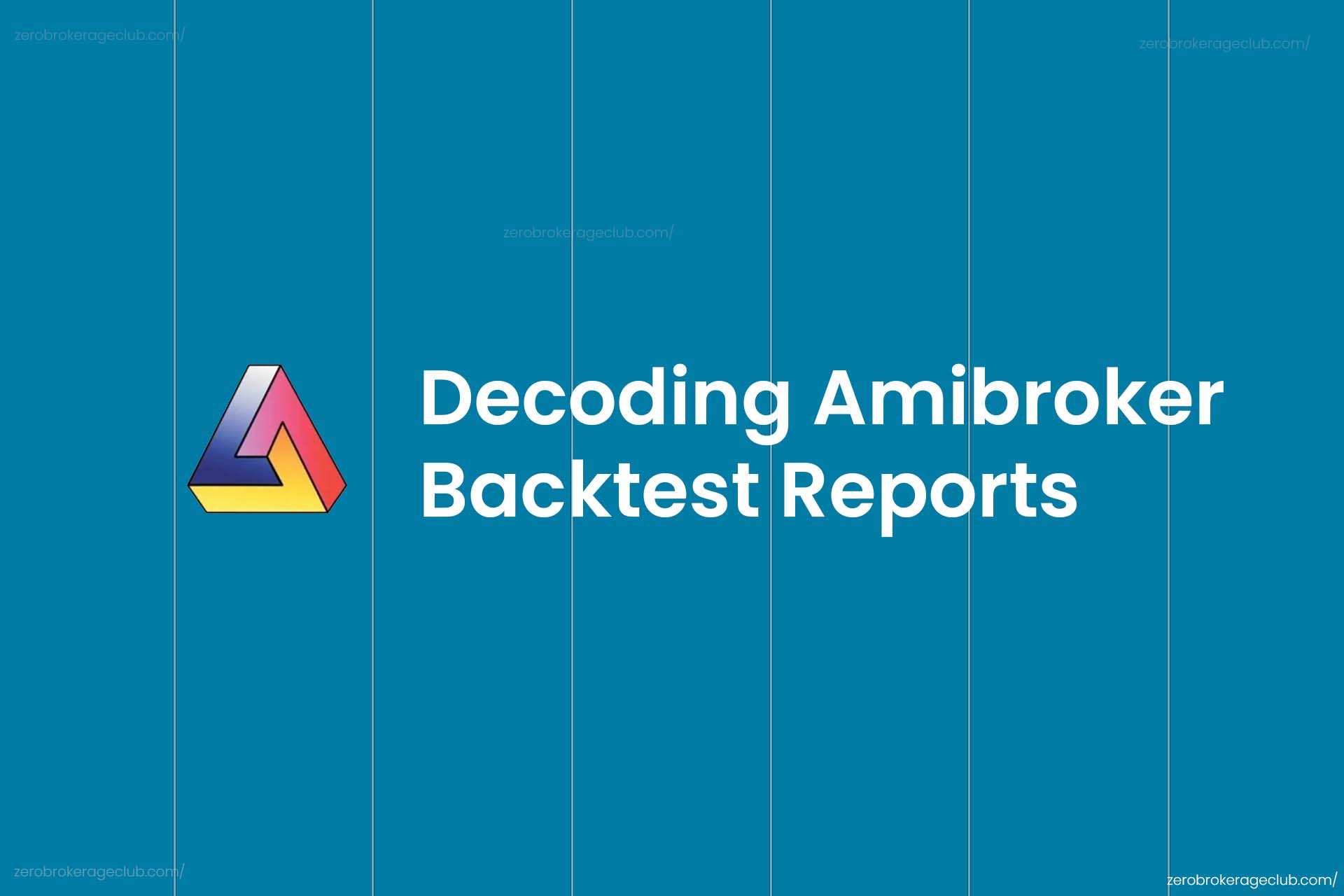Unlocking the Potential of Mutual Funds
Consider mutual funds a prime investment choice, suitable for various investment durations. These funds, offered by both private and public sectors, provide a wealth of options for investors. The market is teeming with mutual fund schemes, which could be puzzling for someone new to investing. In this article, we unravel the different types of Mutual funds and the associated risks and rewards.
Reminder: Direct mutual fund recommendations are not our practice. The mutual fund types discussed are for illustrative purposes only.
A Beginner’s Guide to Mutual Funds
Imagine a collective investment where money from various investors forms a large fund. Professional fund managers then invest this collective sum in a diverse mix of assets such as stocks, bonds, and government securities.
The profits and growth from these investments are then allocated to the investors based on their share of the fund. Investors gain when the securities’ prices climb and incur losses when the prices drop. In India, the Securities & Exchange Board of India (SEBI) oversees the operation of mutual funds.
Explore More: Benefits and Drawbacks of Mutual Fund Investments
Classifying Mutual Funds
Let’s break down mutual funds into two main categories:
Open-Ended Funds – These funds issue shares without a cap, attracting investors with their flexibility and the ease of transactions.
Closed-Ended Funds – These funds cap the number of shares and operate similarly to stocks post their IPO, trading on exchanges.
Choosing the Right Mutual Fund Type
Here’s a snapshot of seven key mutual fund types available to investors:
Money Market Funds
These funds are the go-to for investing in short-term debt instruments. They’re known for their stability but offer lower returns than other types of funds.
Examples to Note:
- Aditya Birla Sun Life Floating Rate Fund – Short Term Plan
- Axis Liquid Fund by Axis Bank Mutual Fund
Fixed Income Funds
Seeking steady returns? These funds invest in securities offering a fixed rate of return, such as government and corporate bonds.
Examples to Note:
- Public Provident Fund
- Punjab National Bank’s bond offerings
Equity Funds
These funds venture into the stock market, offering the potential for higher returns at a greater risk.
Different Flavors of Equity Funds:
- Growth Stocks
- Income funds
- Value funds
- Large-cap, mid-cap, and small-cap stocks
Examples to Note:
- Reliance Smallcap Fund
- Kotak Select Focus Fund
Balanced Funds
For those who seek a balance, these funds mix equities with fixed-income assets to pursue higher returns with moderated risk.
Examples to Note:
- ICICI Prudential Balanced Advantage Fund
- SBI Magnum Balanced Fund
Index Funds
Reflecting specific indices, these funds’ performance is tied to the index they track, often incurring lower management costs.
Examples to Note:
- Dow Jones Industrial Average
- Kotak Nifty ETF
Specialty Funds
Investing in niche markets such as real estate or commodities, these funds focus on specific industry sectors.
Examples to Note:
- Dynamic Global Infrastructure Fund
Funds of Funds
These funds spread investments across various other funds, aiming for a diversified portfolio much like Balanced Funds.
Examples to Note:
- Alphinvest Partners
- Abbott Capital Management
Further Insights: Prime Short-Term Investments for Maximum Yields
Invest Wisely in Mutual Funds
Knowing the different types of mutual funds is crucial for selecting the right fit for your investment goals. Always engage in thorough research and consider the market risks before investing in mutual funds.





One Comment